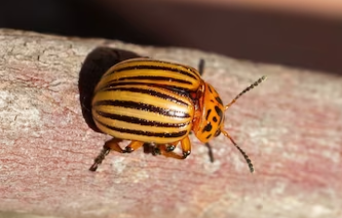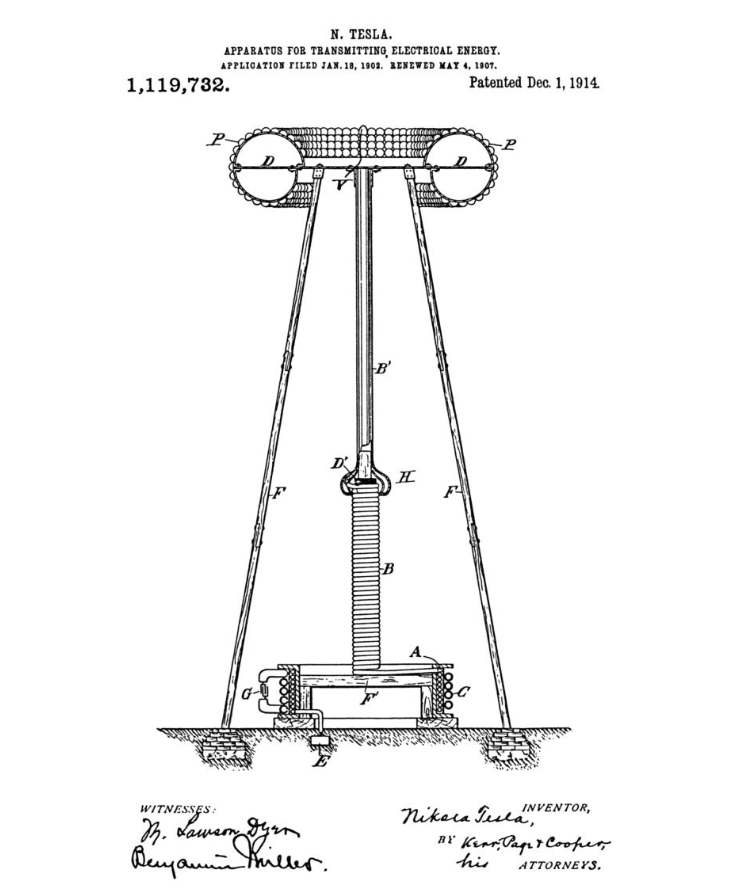Bug wings for travel
Continuing the search to use levitation for travel

This blogpost continues the research in exploring Viktor Grebennikov’s levitating platform. Several of these points have been referenced previously, the purpose of further study is to find answers.
There have been several blogposts looking at Earth’s magnetic fields. These are a component to the levitating process with Grebennikov’s platform.
Nikola Tesla’s use of Earth’s magnetic field
Nikola Tesla spent many years exploring and developing his theories. One of the greatest concepts for energy use of Earth’s magnetic fields was a project that was never put into use. Through his understanding and experimentation, he saw the energy of lightning and found a way to access its power. The power it enabled was to provide free electricity to the general public.

His patent took twelve years to be granted.

The purpose of mentioning Tesla’s Wardenclyffe Tower is to show that there is an abundance of electrical activity in the atmosphere and within the Earth; and it's available to be captured.
Further in this analysis, Earth’s electrostatic charges demonstrates several ways Earth’s magnetosphere displays its active power.
In earlier blogposts it was shown that Earth’s atmosphere contains positive charge, and Earth’s core is negatively charged. Again, magnets attract and repel. The theory that like charges repel is the basis for constructing a negatively charged platform placed against Earth’s negatively charged ground.

https://en.wikipedia.org/wiki/Earth's_magnetic_field
Magnetic field fundamentals are consistent within the molecular structure of a device. Additionally, the repulsive force of Earth’s negative charge fluctuates with the density and particular elements involved, including water, which is slightly negative.
Bug wings
This blogpost title ‘Bug’s wings for travel’ focuses a perspective of the fan plates: Micro-nets are stuck from the upper surface of each plate. This examines how the CSEs interact with the chitin nets. How did Viktor Grebennikov wire the three-dimensional bug parts together, and the other question; can these be remanufactured by 3-D printers?
Is it possible to replicate the intricacies of bug wings and manufacture them? A bug’s wing is a biological structure. As such, its structure should be similar to the style of the DNA’s double helix. Can the crystalline structure be matched in a similar style with the technology of chip building?
What part of a bug’s wing provides levitation? The analysis over many blogposts is the Cavity Structures Effect (CSE). Quantum physics shows that CSEs are voids; pointed out in the blogpost; Using air for levitation. It makes the point that a subatomic interpretation of a void registers as a negative charge. The summation is that Grebennikov’s discovery of the CSE when applied to his levitating platform, has the potential to act as a large negative field.
Having made the supposition that Grebennikov’s platform used the CSE, there is a question. Was the negative field due to what Grebennikov discovered is the chitin geometric structure of elytron, or the CSE?
All the CATTCC blogposts exploring details of levitation, thus far regarding transportation, touch on CSEs.
It’s compelling to presume that the CSE is more attune to its molecular structure, than its molecular composition. The aspect of capturing a couple thousand beetles and glueing their elytra together could conceivably be replaced by a different material with a similar molecular structure.
Can 3-D printers be used?
Can a cavity structure be manufactured by a digital printer? Is there a CSE difference between chitin and ABS (Acrylonitrile Butadiene Styrene), or other material?
A PolyJet 3-D printer produces a very fine, accurate and detailed product. Its rigid and rubber-like photopolymers have the highest detail resolution that doesn’t involve heat, which allows it to maintain tight tolerances.
Although Grebennikov’s platform had elytron CSEs, a larger cavities structures size could be multiplied to affect a CSE that holds a negative charge.
Frequencies
In the blogpost; Extending CSE research, is the highlight from an article “Cavity Structural Effect” by Ville Piippola. He points to other scientists, showing the group movement of electrons within multi cavity structures; lead to a system of standing de Broglie waves, with classic frequencies. This suggests; it’s the cavity structure that garners the CSE. This also leans towards the probability that its composition is less significant than its structure.
Again, by using the ability to manufacture suitable cavity structures, it might be possible to create a negative field platform. How small can these cavity structures be manufactured? Grebennikov pointed out that the cavity structures could be compressed and stacked. This also says the size of the cavity structures can be minimized to multiply the amount of cavity wall surfaces per volume. This, points back to the question for the necessity of elytron as the fundamental component.
It is the postulation of reasoning for the concept importance of this design structure: to interact with Earth’s positive and negative magnetic field. It’s still a question as to the necessity of activating an additional battery power source. There are other theories for Grebennikov’s levitating platform to have a battery source: https://www.youtube.com/watch?v=LZYtuvJW_TE .
There is also the question regarding the legitimacy of Grebennikov’s platform to have had flown. The concept of harnessing levitation by attaching bug wings to a piece of wood is bitterly antithetical to academia physics. Nonetheless, by applying a negative field to another negative field, its reaction would be repelled. The concept of utilizing a positive charge in Earth’s electrostatic atmosphere to interact with a small negative field platform is also valid to physics.
Transportation
The majority of conventional teaching adheres to the perspective that transportation has to be driven by propulsion. Levitation provides the ability for acceleration; absent of propulsion. The aspect of attaining acceleration with levitation is a viable consideration through conventional physics. The Parker Solar probe is an example. It has provided the fastest speed ever traveled by an Earth vessel.
To review levitation, a look at the blogpost: Levitation, solve for a+b, in the Levitating vehicle section: What are all the possible aspects involved with levitation? First is electromagnetics. Then, electrogravitics, gravitational influence, psychokinetics, vacuums, CSEs, crystals, polymerization, the Schumann resonance, magnetosphere, ions, chitin, de Broglie waves, mass frequency vibration, dimensional transfer and then whatever else can be found.
How many of these various aspects to levitation would be needed to produce a vehicle capable of levitating?



